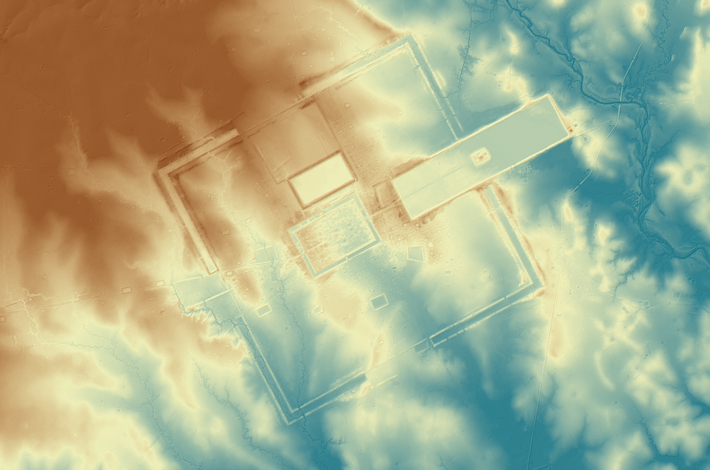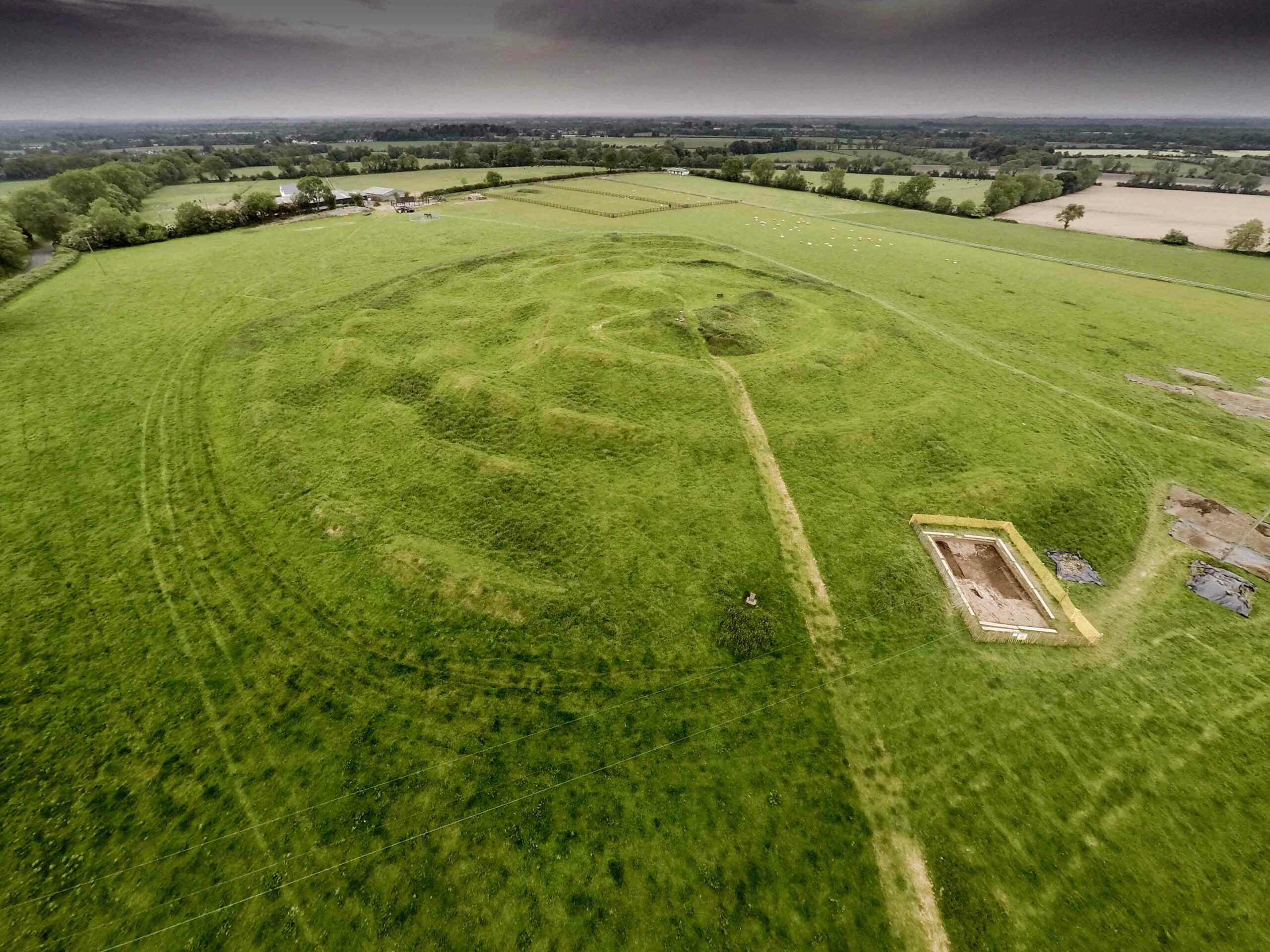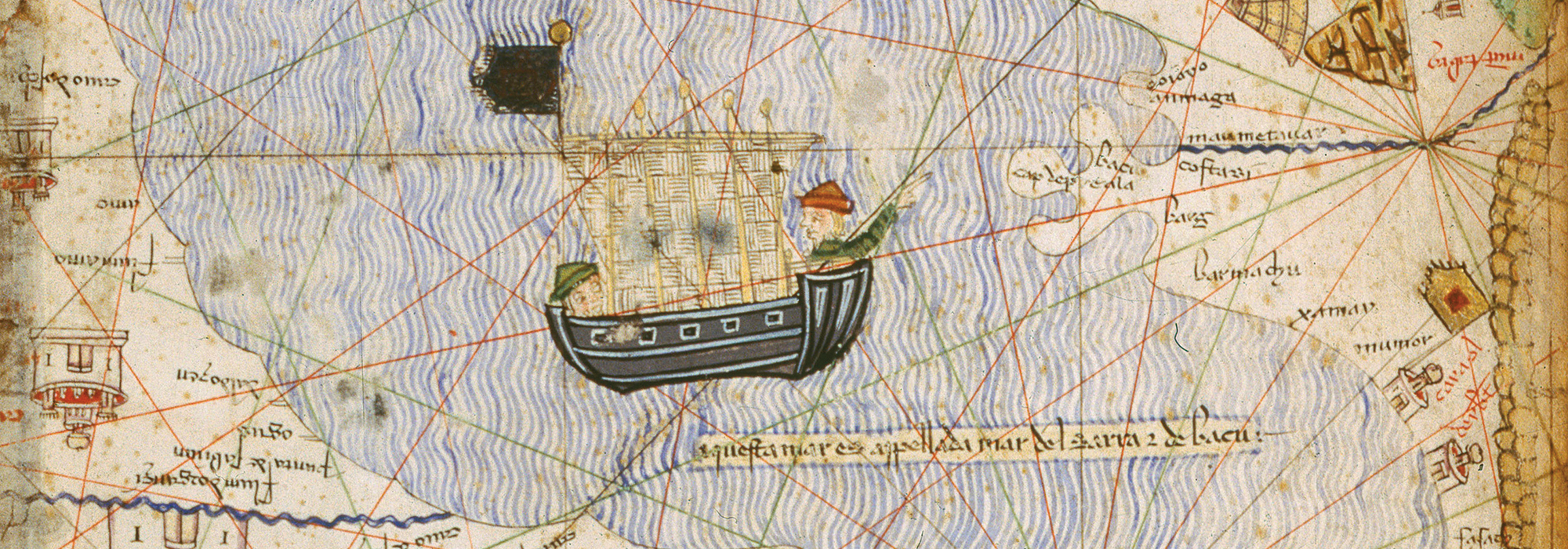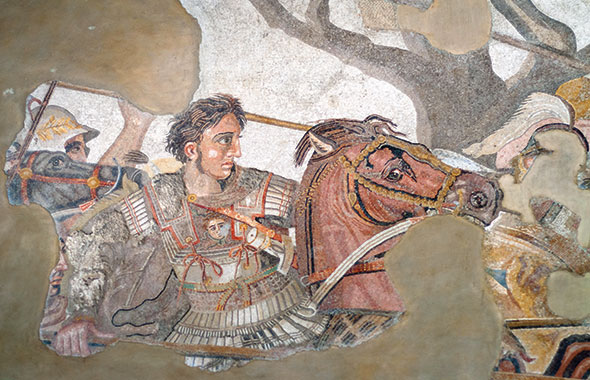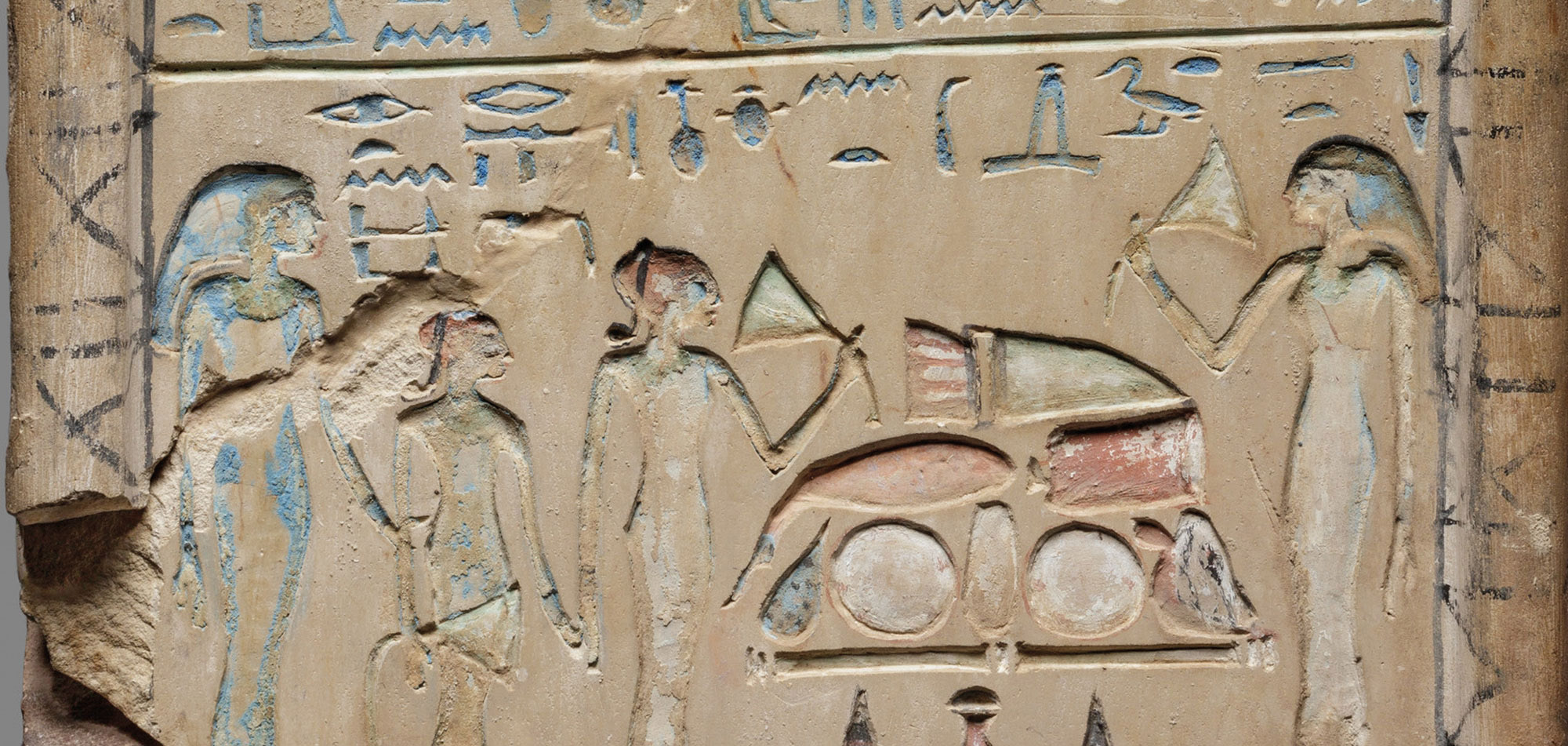
Over the past 25 years, Stéphen Rostain of the French National Center for Scientific Research has led excavations of Sangay and Kilamope, two major settlements in southern Ecuador’s Upano Valley. He and his team have documented huge complexes consisting of rectangular earthen mounds situated around central plazas that were built by people of the agrarian Kilamope and Upano cultures. Now, the team’s lidar survey of a 115-square-mile area of this region of the Amazon has revealed that these sites were part of a larger network of early urban settlements that date back as far as 2,500 years.
Using the lidar maps, Rostain and his colleagues identified three more major settlements as well as 10 secondary sites. Complexes at these sites, which cover an area of about 17,000 square feet each, seem to have been mainly residential. People used the space between the complexes as agricultural land. The researchers also discovered that ancient residents dug roads to connect the settlements, some of which are as much as 16 miles apart. Rostain’s excavations indicate that the mounds and roads were constructed from about 500 B.C. to between A.D. 300 and 600. He believes this may be the earliest evidence of urbanism in Amazonia.




